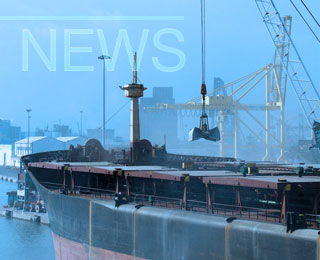Cost pressure and demurrage costs have dented Rio¹s continuous profit growth for the first time in four years. Rio¹s subsidiary Coal & Allied first half results suffered most from this situation with a net profit falling to $70m from $146m in the same period last year.
Meanwhile, dry bulk carrier¹s freight rates broke new records with the Baltic Dry Index reaching an all time high at 7,007 last week mostly supported by the Capesize index which gained 460 points in one week and the Supramax which set a record at 4,714 points, the highest since it was created in 2006.
The physical Panamax market followed a similar trend after the settlement day closing the trading month by a franc downward correction last week. The Atlantic basin was hit by of an oversupply of prompt vessels ending up with a dozen of ballasters on Friday and the Pacific suffered badly from a lack of cargoes especially out of India and Indonesia where the Monsoon already started.
This current week should see the spread of the rates between the Pacific and Atlantic. As the paper was softening, many vessels fixed on a pure speculation basis for short period failed. The trust in a bright mid-term
Last week, the Handy market remained firm although signs of weakness could be seen in the Pacific for Handymaxes. The Atlantic remained firm with increasing rates ex Ecsa and US Gulf. Period remained active with a number of Handymax taken for 1 year in the low 40s dely feast. It is still unsure how the Black Sea situation with grains will affect the market but this is sure worth being closely followed.


